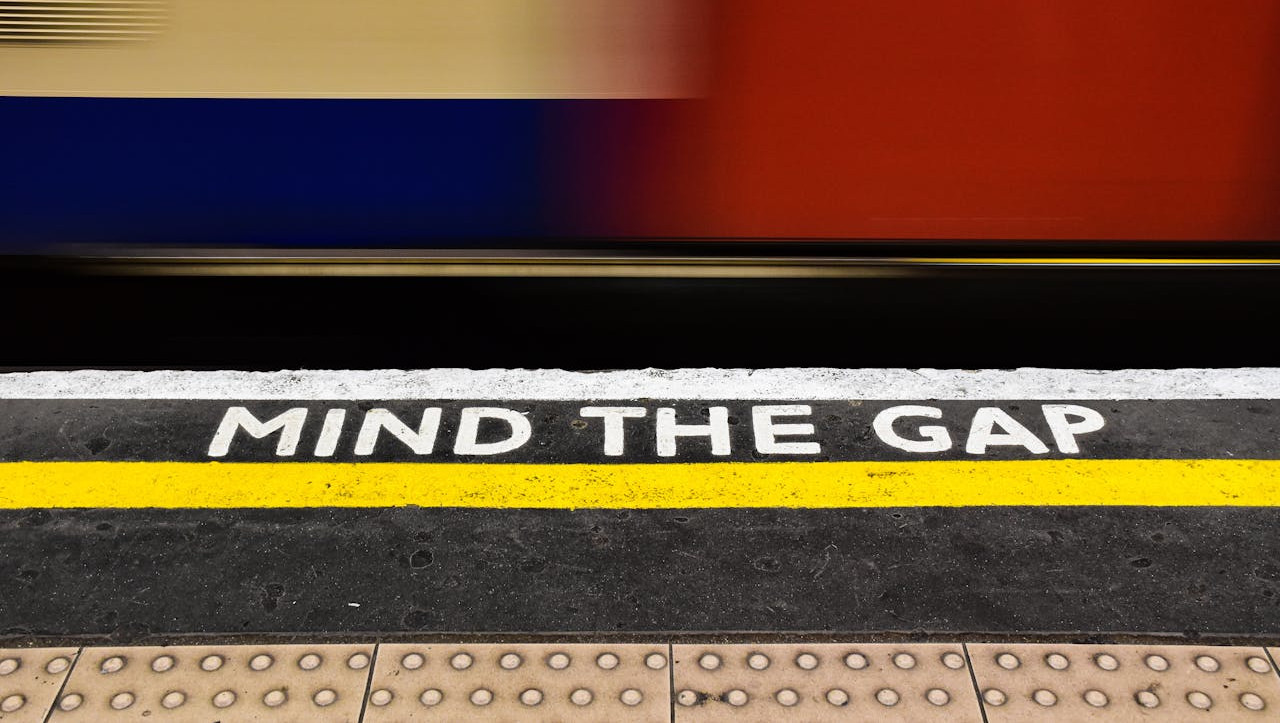
NB: This is an article from SiteMinder, a leading cloud platform for hotels
World-famous retailers such as Macy’s in New York and Harrods in London are renowned for their window displays with teams of visual merchandisers who work through the night to create show-stopping storefront displays.
Visual merchandising is described by the retail industry as the “…art of silent selling” through the method of developing creative displays, which not only highlight the store’s features and product offerings, but drive sales and revenue.
A store’s window display is the first interaction that a customer encounters. It is the first thing they see, and can immediately determine whether they are interested in what the store offers. It’s therefore crucial that retailers spend time to make sure the exterior of the store reflects the brand and what it sells within.
Functionally, your hotel website is no different and the same concept can be applied.
Yes, your property might not operate in the same way as a traditional store or retailer, but in the digital space, your website is likely to be the first interaction that a guest has with your hotel, and that means you’ll have just a few seconds, when the website first loads, to either catch the eye of a potential guest at your hotel, or lose them to the next hotel they search for.
With that in mind, you should be designing your website to behave like a store window.
There are key similarities and best practices that are shared between designing a compelling storefront display, and making sure your hotel website has maximum impact.
When we look at the golden rules of storefront design, we can see how each stage relates to building an effective hotel website:
1. Create recognition
Advice for retailers:
“From between 100 and 20 metres away from your storefront there should be immediate recognition of your branding through use of colour, design or other brand identifiers”.
Apply it to your hotel’s website:
Your website should immediately grab interest with high quality photos and other images that represents what your hotel offers. It is only after capturing a prospective guest’s attention that you’ll entice them to read more to understand your hotel’s proposition. So make sure that first impression is a positive one.
2. Attract, impress and inspire
Advice for retailers:
“As the customer gets closer to your storefront (20 to 5 metres away) more detail becomes visible and the customer starts to assess the façade.”
Apply it to your hotel’s website:
This stage happens before the customer really begins to dig into the content of the website, but after impressing them with that first impression, make sure that the images (particularly the photos) have substance to them. One way to achieve this is to have plenty of images, showing off all the different aspects of your hotel such as the rooms, restaurants, and spas, and of course, the local area and community.
3. Reinforce brand identity
Advice for retailers:
“Within 5 metres of your store, overhead signage is no longer in view; eye level branding clues become the only point of reference.”
Apply it to your hotel’s website:
For website design, this stage emphasises the importance of consistency across your whole website. Each page should be presented in a similar way, the photos and images on display should be of a uniform high quality, and the text should be clean, properly checked for spelling and grammar, and consistent in style and tone across each page. At this point you have piqued the interest of the customer, but you don’t have them through the doors yet, so make sure that, as they dig deeper, they continue to be impressed by your brand.
4. Understand the importance of store front width
Advice for retailers:
“The faster people walk, the narrower their field of vision becomes. Customers will either fail to notice the store altogether, or they may notice but too late, requiring them to backtrack if they wish to take a closer look.”
Apply it to your hotel’s website:
It might not sound like this piece of advice applies to websites, too, but it certainly does. It’s all about the amount of substance and content on the site. If the site is too thin on interesting content – both in terms of images and text – then a guest will have their attention pulled way before they’re properly hooked in or close to booking. You can read more about extending the length of visit on your website in this SiteMinder blog: ‘Why length of visit on your hotel’s website is key to securing direct bookings’.
Read more articles from SiteMinder




